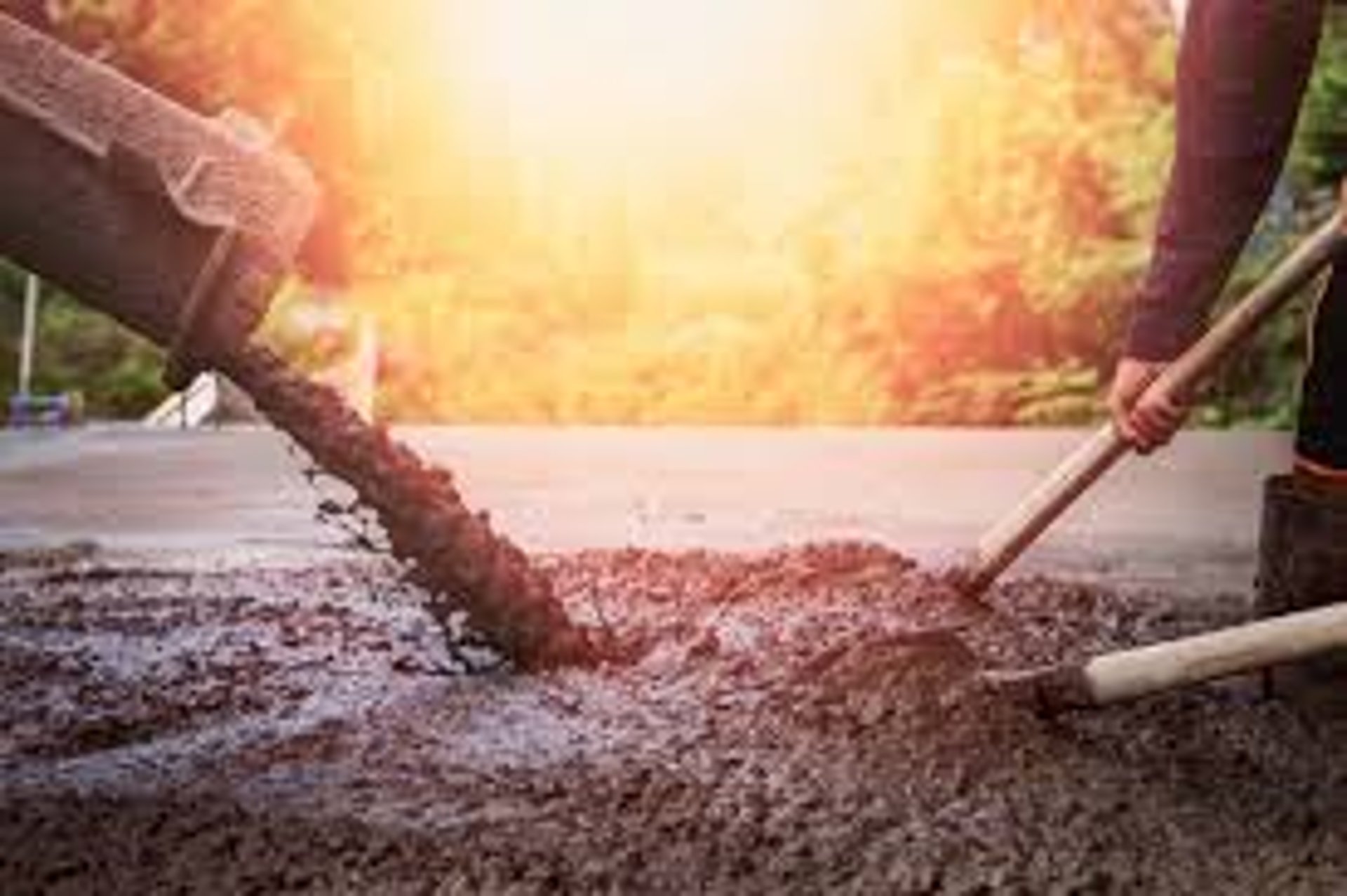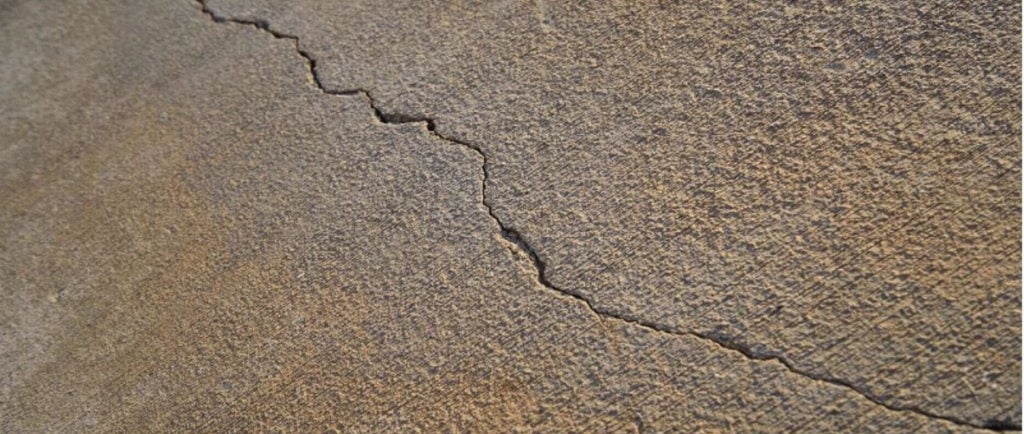
Concrete in Hot Weather Solution Series-1
Concrete Cooling Solutions
Cooling Engineer
1/15/20253 min read


This will be the first article of our solution series regarding pouring concrete in hot weather. In this article, we will focus on concrete temperature and its effects. The hardening of concrete occurs as a result of a chemical reaction. In chemical reactions, the ambient temperature and the specific temperatures of the substances participating in this reaction affect the reaction result. Temperature also has a great effect on the hardening of concrete and affects the strength of the concrete.
In the TS 1248 (Concrete Production, Casting and Maintenance Rules in Anarmol Weather Conditions) standard, while defining hot weather, it is expressed as: “The average air temperature for 3 consecutive days is above 30°C”. The majority of the problems that occur in hot weather are related to the increase in the hydration rate of the cement and the increase in the evaporation rate of water in the fresh concrete mixture. The heat generated varies depending on the cement composition and fineness, concrete composition, ambient and concrete temperature, and the use of additives. High average air temperature causes the water in the concrete to evaporate and decrease rapidly, the concrete consistency and workability to decrease, the strength loss due to the failure to provide the necessary conditions for the concrete reaction, difficulties in pouring, placing, vibration and finishing the concrete, more unwanted shrinkage cracks on the concrete surface and making the concrete more permeable. High temperature, wind and relative humidity affect the evaporation of water.
As the air temperature increases;
- Water requirement increases.
- Consistency decreases.
- Setting speed increases.
- Early strength increases.
- More shrinkage cracks form on the concrete surface.
- Concrete temperature increases. It causes thermal cracks.
- Since the water on the concrete surface will evaporate immediately, it sets quickly and becomes weaker.
We can list some precautions that can be taken against pouring concrete in hot weather as follows;
• In very hot and dry weather, it is useful to pour concrete in the evening or at night (when the temperature is relatively low).
• Before pouring concrete, the concrete mold and reinforcement should be wetted, and pouring should be done as soon as the wetting water evaporates. The surface loses heat while evaporating. In this way, the absorption of water in fresh concrete by the ground is prevented.
• During the production period, the characteristics such as the concrete slump, unit weight and air content should be checked frequently enough. For the necessary evaluations, the temperature of the concrete coming out of the truck mixer, the air temperature during the concrete placement process, the average temperatures during the concrete protection period and the lowest and highest daily air temperatures during this period should be measured and recorded.
• Good planning is essential for the concrete placement and surface leveling processes. All preparations should be completed before the concrete reaches the casting location. The concrete that reaches the casting location should be placed without waiting and the vibration should be completed in a short time.
• Since early water loss causes plastic shrinkage cracks in the concrete, it is necessary to cover the concrete surfaces with wet cloths. The cloths should not be allowed to dry and should be wetted by spraying water at short intervals. In this way, moisture loss from the concrete after pouring is prevented.
• If there is excessive wind, windbreakers can be placed around the casting location.
• Concrete can be protected from sunlight by using shade. It is necessary to protect the concrete from direct sunlight as much as possible.
• It may be beneficial to paint the mixer and transit mixer drum white and water the outside when leaving the concrete plant. It is necessary to limit the mixing time of the concrete to prevent overheating.
• Care should be taken to ensure that the temperature of the mixing water used in concrete production is not high. The water should be kept in tanks painted white and protected from the direct effects of sunlight.
• It is beneficial to use cement with a low hydration heat and not to increase the cement dosage unnecessarily.
• The temperature of the aggregate, which is the component with the largest volume in concrete, should also be controlled. Its temperature can be reduced by protecting the aggregate from the direct effects of sunlight or by spraying water.
In cases where no precautions are taken to prevent its negative effects, the temperature of the fresh concrete should not exceed 35°C (TS 13515). We will discuss both the temperature calculation regarding the concrete temperature and the solutions to be followed to reduce the temperature in our 2nd article.
Sources:
Contact
Evanso Factory:
Atatürk Sanayi Sitesi
Yedi Eylül Mahallesi 5544 Sk. No:46 Torbalı İzmir
